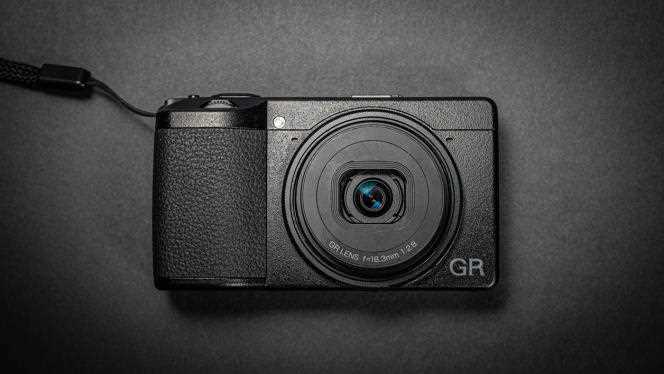Japanese brands Ricoh and Pentax will stop mass-producing cameras in favor of smaller-scale, shop-floor manufacturing, the Ricoh Imaging Group announced on Jan. 20. The distribution of devices in physical stores will give way to direct marketing via the Internet.
For the group, these are positive developments: the flexibility of the workshops should allow customers to personalize their devices more extensively. Thanks to direct sales, the group intends to better listen to consumers: “ We will build a co-creation community that will connect with every customer (…) from the product planning phase to communication, via online fan meetings,” specify the group in his press release.
But two questions remain unanswered: what will be the evolution of the prices of the devices when the stocks of factory-made cases are exhausted? Will the group be able to keep up with the breakneck pace of innovation imposed by Canon, Sony and Nikon, market leaders? To explain the evolution of its business model, Noboru Akahane, the group’s CEO, points to the state of the camera market, including sales keep falling apart since ten years under the weight of the rise of smartphones.
Two historic brands still appreciated
It is probably with nostalgia that lovers of the history of photography will perceive the collapse of Ricoh and Pentax, two brands born in Japan between the two world wars. Pentax has been renowned for more than half a century for its reflex and medium format cameras. Its digital boxes are still highly rated by the specialized press. Ricoh has succeeded in seducing street photographers with a digital compact enjoying a certain popularity among enthusiasts and artists, the GR, a particularly discreet and uncompromising body – because it does not include a zoom – but endowed with a very good picture quality. However, the press release does not specify what will happen to Ricoh’s two other product lines: 360° Theta cameras and WG waterproof cameras, which the group had managed to impose among the leaders of these photographic niches.
Since the mid-2000s, lovers of historic brands have been concerned about the possibility of seeing photographic monuments disappear, swept away by the digital wave and the rise of smartphones. After the disappearance of the Rolleiflex brand, a maker of medium-format cameras much loved by enthusiasts and professionals alike, Minolta, which counted a lot in the second half of the 20th century.and century, also withdrew from photography. In the early 2000s, its Dimage digital models had nevertheless made an impression. Since its acquisition in 2020 by Japan Industrial Partners, the future of the historic brand Olympus is also uncertain.
This decline can be seen in other signals such as the abandonment of film cameras by Canon and Nikon in 2018 and 2020, more than a century after the birth of the 35 mm film with which they were equipped. Or Canon’s discontinuation of the development of 24×36 digital SLRs to focus on mirrorless cameras, which are distinguished by their digital viewfinder, consisting of a tiny screen with very high definition.
The market seems to be heading towards a reign of the hybrids, while for professionals, artists and enthusiasts who would like to equip themselves with a new device, the options are gradually being reduced.
